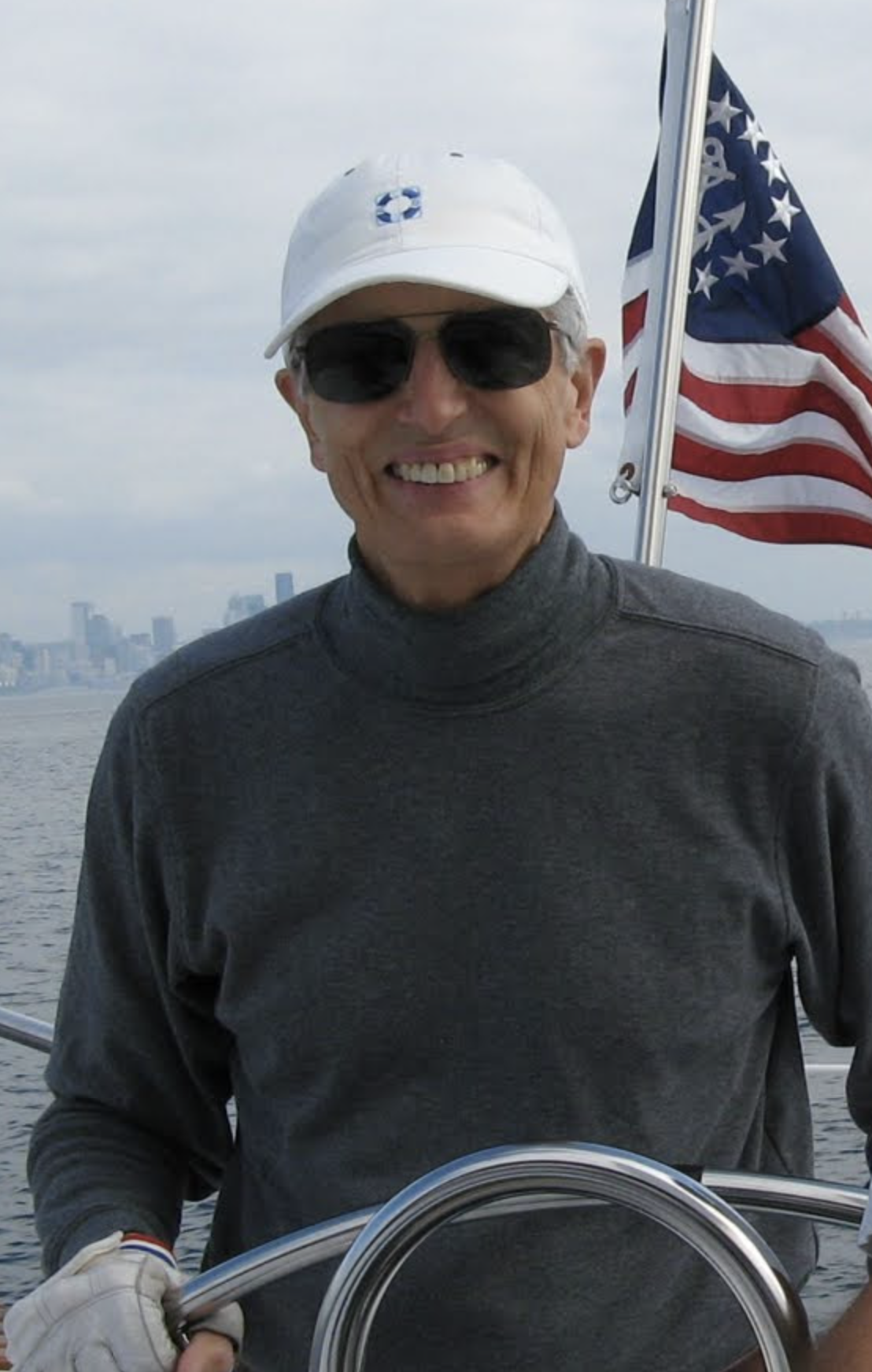Bob Crosson has passed away
Robert (Bob) Crosson was born in Alaska in 1938 where his father was a well known “bush pilot”. He attended the University of Washington starting in the late 1950s receiving his undergraduate degree in Geology in 1961. He then attended graduate school at the University of Utah receiving a Master’s degree in Geophysics followed by a time at Stanford University in California receiving his PhD in Geophysics in 1966. He joined the faculty in the Geology Department at UW that same year spending his whole career at UW retiring from the Department of Earth and Space Sciences (combination of Geology and Geophysics) in 2004.

Fifty-six years ago Bob Crosson was the originator of the Pacific Northwest Seismic Network, called at that time “The Washington Seismograph Network”. With a National Science Foundation grant Bob hired a technician and bought the equipment for an eight station telemetered seismic network in western Washington. The first two stations started recording on paper and film in 1969 and by mid-1970 there were enough stations installed (6) to start locating earthquakes in the central Puget Sound region. Besides over-seeing the station installations Bob developed a simple 3-layer crustal velocity model and simple location technique to start a catalog. His first publication using data from this network was on earthquake, structure and tectonics of the Puget Sound region published in 1972.
Also, in 1972 Bob arranged for the US Geological Survey to install the first volcano monitoring stations on Mount St. Helens, Mount Rainier and Mount Baker. He developed a coda-duration magnitude scale for the Pacific Northwest that was used until 2012 when modern calibrated seismometers made routine amplitude magnitudes more reliable. Bob developed one of the early techniques for the joint inversion of seismic arrival times for both the velocity structure and earthquake locations. His refined velocity model is still used today, with minor modifications. As the seismic network grew to cover both western and eastern Washington and finally into Oregon Bob continued to actively manage aspects of it. He developed sophisticated seismic analysis tools and efficient data handling techniques. Besides teaching both elementary and advanced seismology courses he developed a popular time-series analysis course. Even with a significant teaching load Bob was able to do cutting edge research using data from the seismic network and to support many students doing research. He had over 110 published abstracts, papers and reports, including a cover article in Nature on the eruption of Mount St. Helens in 1980. Almost half of his publications were in high quality, refereed journals. Even after his retirement in 2004 he stayed active for a few years investigating the then newly discovered deep non-volcanic tremor.
Bob was known for the care he took in his research and in mentoring his students. The small seismic network Bob started with eight single-component, analog stations has now grown to over 500 multi-channel, digital stations supported by a staff of over 25 people and covers all of Washington and Oregon. This advancement is partly due to Bob’s foresight and care for high quality work.
A brief biographical sketch for Bob can be found at:
https://ds.iris.edu/seismo-archives/quakes/1965puget_sound/Bio4CrossonRS.pdf
Some years ago Bob and his wife Mary Alice set up the “Robert and Mary Alice Crosson Endowed Graduate Student Support Fund” (https://www.washington.edu/giving/make-a-gift/?source_typ=2&source=EBU).